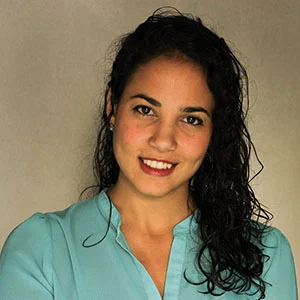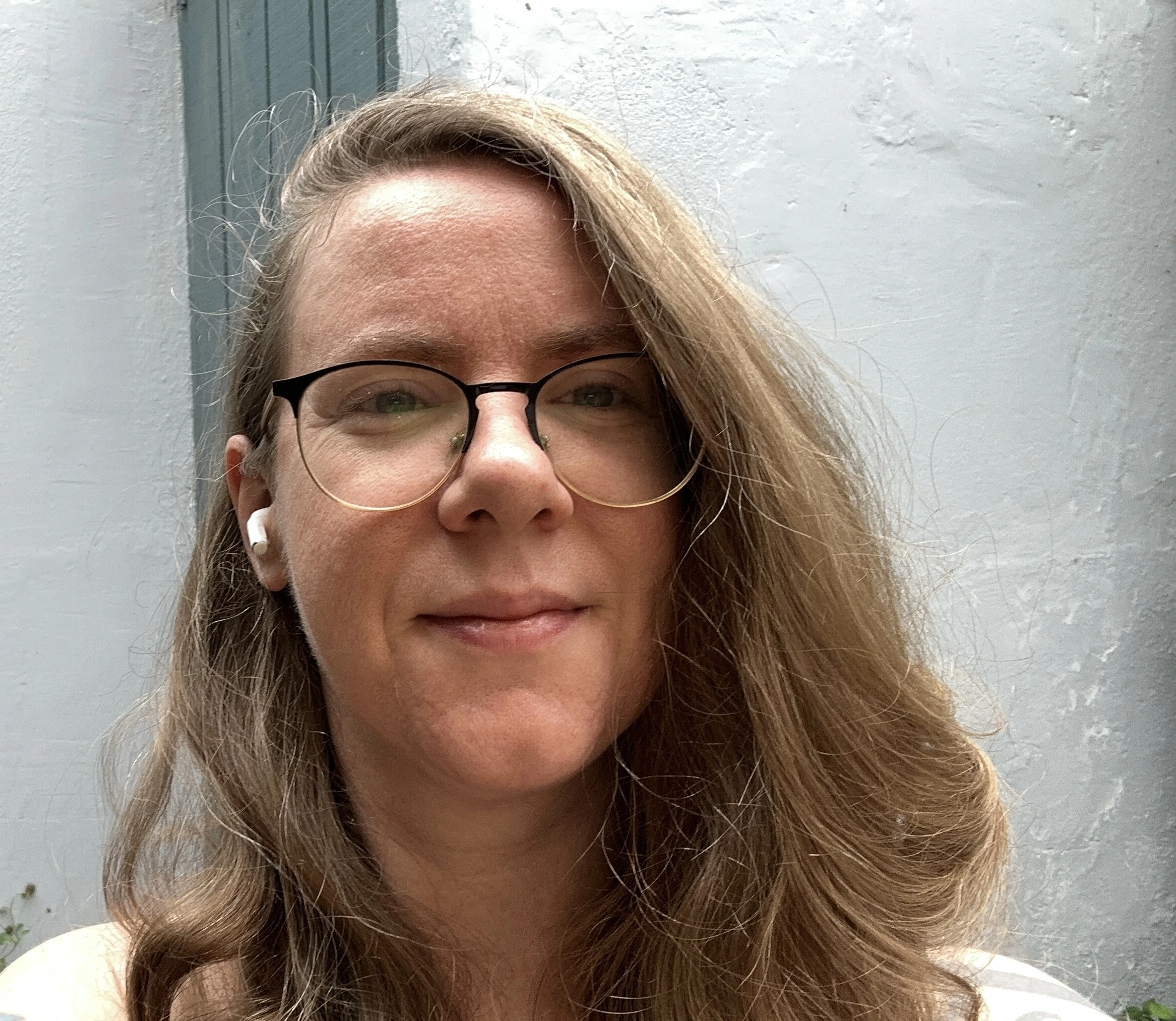
Photo by Juan Pablo Ahumada on Unsplash
Latin American AI Model Latam-GPT To Launch In September
The developers of Latam-GPT announced this Tuesday that they will launch the first artificial intelligence large language model focused on Latin American culture in September. The AI system will be able to understand linguistic nuances and cultural differences.
In a rush? Here are the quick facts:
- Latam-GPT will launch in September and will understand linguistic nuances and cultural differences in Latin America.
- The project is open-source and led by Chile’s CENIA with support from 30 regional organizations.
- It is based on Meta’s Llama 3 and trained using regional technology.
According to Reuters, the AI project is open-source and led by the Chilean institution National Center for Artificial Intelligence (CENIA), in collaboration with 30 other organizations in the region.
The AI system is based on Meta’s Llama 3—the tech giant’s open-source large language model released last year—and has been trained on regional, cloud-based systems and networks, such as Chile’s University of Tarapaca.
The Chilean Science Minister Aisén Etcheverry envisions this project as “a democratizing element for AI” that could be applied in hospitals and schools. The model is expected to understand and preserve indigenous languages such as Rapa Nui, Easter Island’s native language, for which a translator has already been developed.
The project, announced in January 2023, aims to provide the populations in Latin America access to personalized education systems and public services in their native languages.
Businesses and organizations like Amazon Web Services and the regional development bank CAF have supported the project, but Latama-GPT developers hope to attract more attention and collaborators.
CENIA’s head, Alvaro Soto, expects that once they can demonstrate the technology’s capabilities, more funding will follow.
According to the Spanish newspaper La Vanguardia, the new artificial intelligence model is born to strengthen diversity and differentiate itself from the advanced models developed in the northern hemisphere, which focus on the English language and dominant cultures.
“Unlike what has been done in any other part of the world, this model has studied everything relevant to Latin America,” said Álvaro Soto, director of the CENIA. “It has read everything it could about our history, politics, economy, and our most ancestral culture, and that gives it a distinctive mark.”
At the moment, 12 countries are involved in the project, and organizers hope more nations and institutions will join. They expect to keep the project open source and for it to serve as a platform for entrepreneurs and organizations to develop new technologies in the region.
“The idea is that, based on this model, different actors and entrepreneurs in our region will be able to build specific applications that we can use, for example, in our schools or justice systems,” explained Soto.


 Previous Story
Previous Story

 Latest articles
Latest articles 